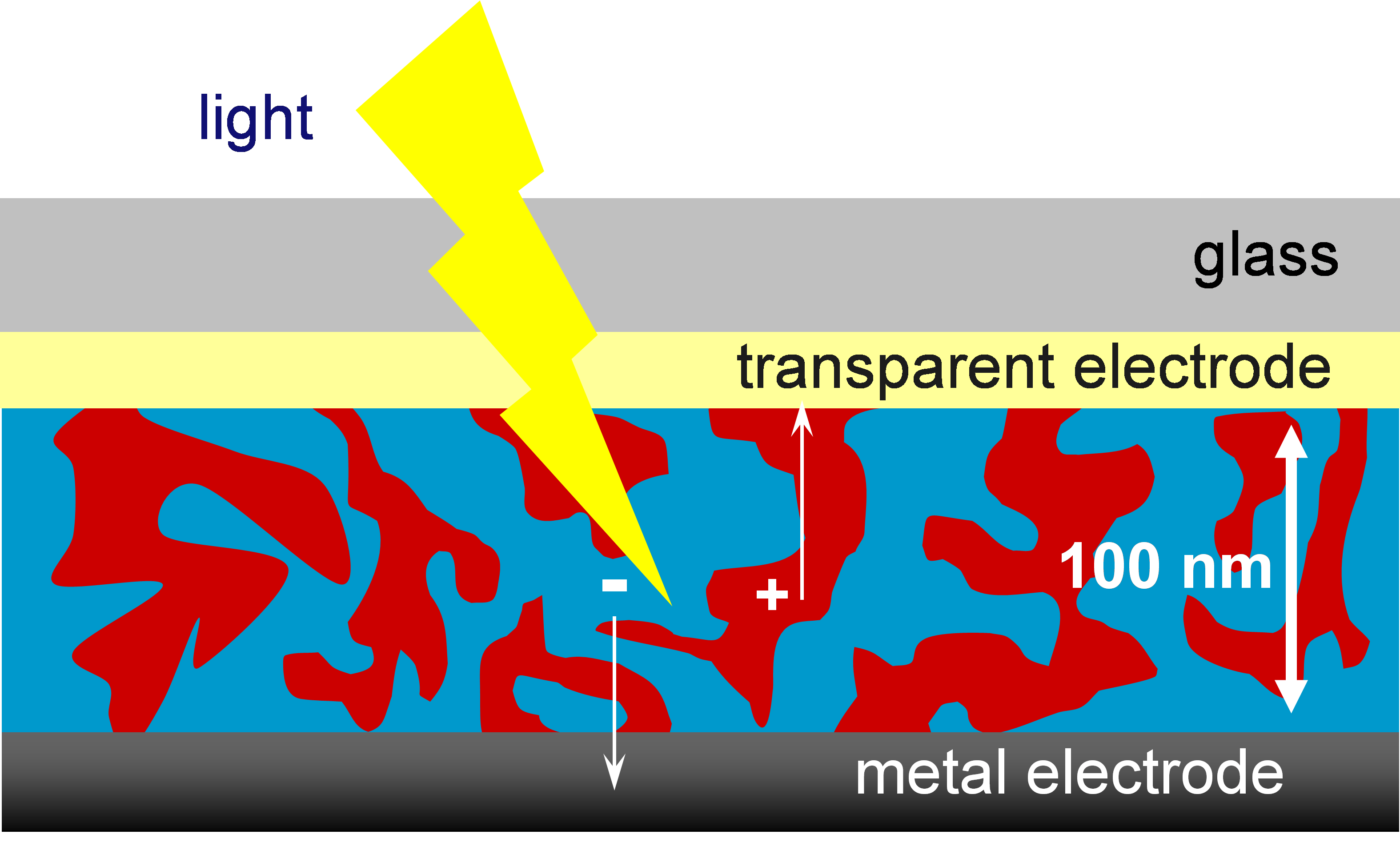However for a large scale roll to roll r2r manufacturing of this technology and precise device fabrication further improvements are critical.
Bulk heterojunction organic solar cells.
Five core technologies for their commercialization hongkyu kang school of materials science and engineering research institute for solar and sustainable energies gist icl international collaboration r d centre heeger center for advanced materials gwangju institute of science and technology.
In this article recent advances in understanding and controlling the bhj mor.
Photovoltaic cells featuring a polymeric blend of organics have shown promise in a field largely dominated by inorganic e g.
In the last few years the performance of organic solar cells oscs based on bulk heterojunction bhj structure has remarkably improved.
In this work double bulk heterojunction organic solar cells are fabricated by sequential blade cast in ambient conditions.
Polymer fullerene bulk heterojunction solar cells are a type of solar cell researched in academic laboratories.
The performance of organic solar cells oscs depends on a fine carefully optimized bulk heterojunction bhj microstructure.
Past studies on a tandem strategy of integrating perovskite and bulk heterojunction bhj increased the fabrication complexity.
Silicon solar cells specifically fullerene derivatives act as electron acceptors for donor materials like p3ht poly 3 hexyl thiophene 2 5 diyl creating a.
In the past decades a p type conjugated polymer and an n type fullerene derivative have been the most commonly used electron donor and electron acceptor respectively.
The nature and order of the blocking layers as well as the nature of the metal electrode.
While most advances of the device performance come from the design.
The bulk heterojunction blend of an electron donor and an electron acceptor material is the key component in a solution processed organic photovoltaic device.
Polymer solar cells usually consist of an electron or hole blocking layer on top of an indium tin oxide ito conductive glass followed by electron donor and an electron acceptor in the case of bulk heterojunction solar cells a hole or electron blocking layer and metal electrode on top.
Bulk heterojunction organic solar cells.
Probed by the in situ grazing incidence x ray diffraction and in situ uv vis absorption measurements the seq blade system exhibits a different tendency from each of the binary films during the film formation process.
The understanding and manipulation of bhj morphology have been the focus of research in optoelectronic devices.










